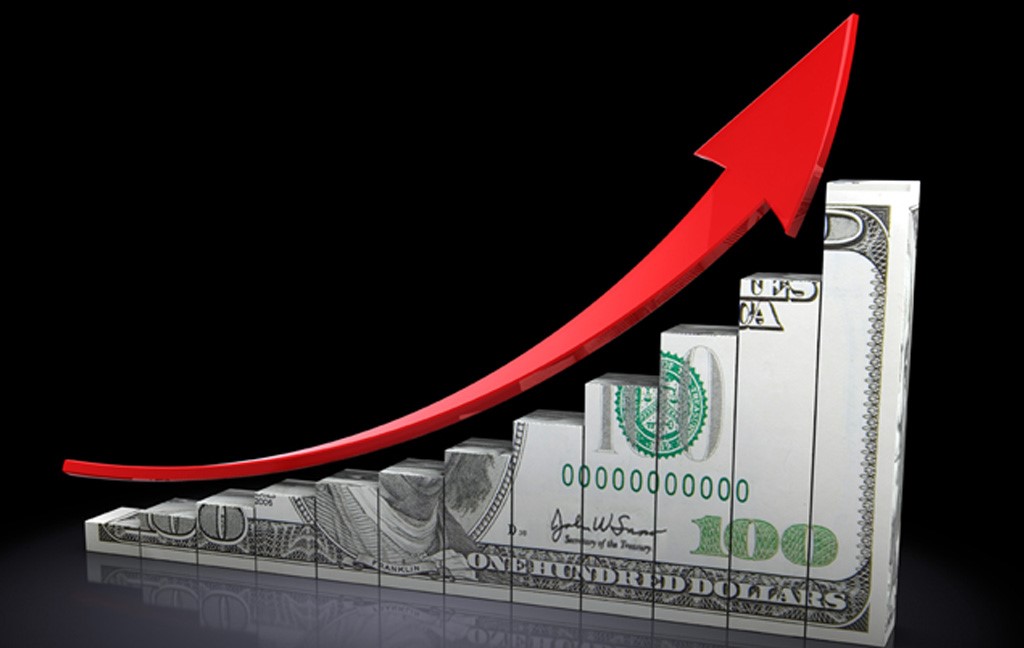On August 24, 2025, currency dealers in Pakistan reported a 50% decline in dollar sales by money changers in the open market, raising fears of a resurgent grey market buying dollars at higher rates. Despite robust remittance inflows of $3.2 billion in July, the drop in sales threatens exchange rate stability.
Money changers sold $115 million to the banking sector in August, down from $300 million in July FY26 and $350 million monthly in FY25. Strict documentation requirements, limiting purchases to $500 without question, have constrained sales. An anonymous money changer noted, “The open market is running low on dollars, suggesting grey market purchases,” with sales unlikely to exceed $200 million this month.
Illegal markets in major cities offer exchange rates of Rs287-292, compared to the official rate of Rs284.50, down Rs4 since July 22 due to a crackdown on smugglers. These higher rates attract sellers and buyers needing dollars for tuition or medical expenses abroad, complicating access to legitimate funds. Bankers confirmed that government incentives remain unchanged, but price controls may be enabling illegal operators.
Read: FBR Plans Tax Directory Revival and Whistleblower Program
Pakistan’s foreign exchange reserves reached $19.6 billion in August 2025, bolstered by remittances and a $7 billion IMF bailout. However, analysts warn that the grey market’s resurgence could destabilise the rupee, with volatility persisting despite crackdowns. Continued U.S.-China relations and avoiding large-scale dollar purchases by the State Bank are critical for stability.
To counter the grey market, experts recommend enhancing reserve liquidity and enforcing stricter regulations on illegal exchanges. As Pakistan navigates economic challenges, including a 40% provincial poverty rate, addressing the grey market is vital for financial stability.






